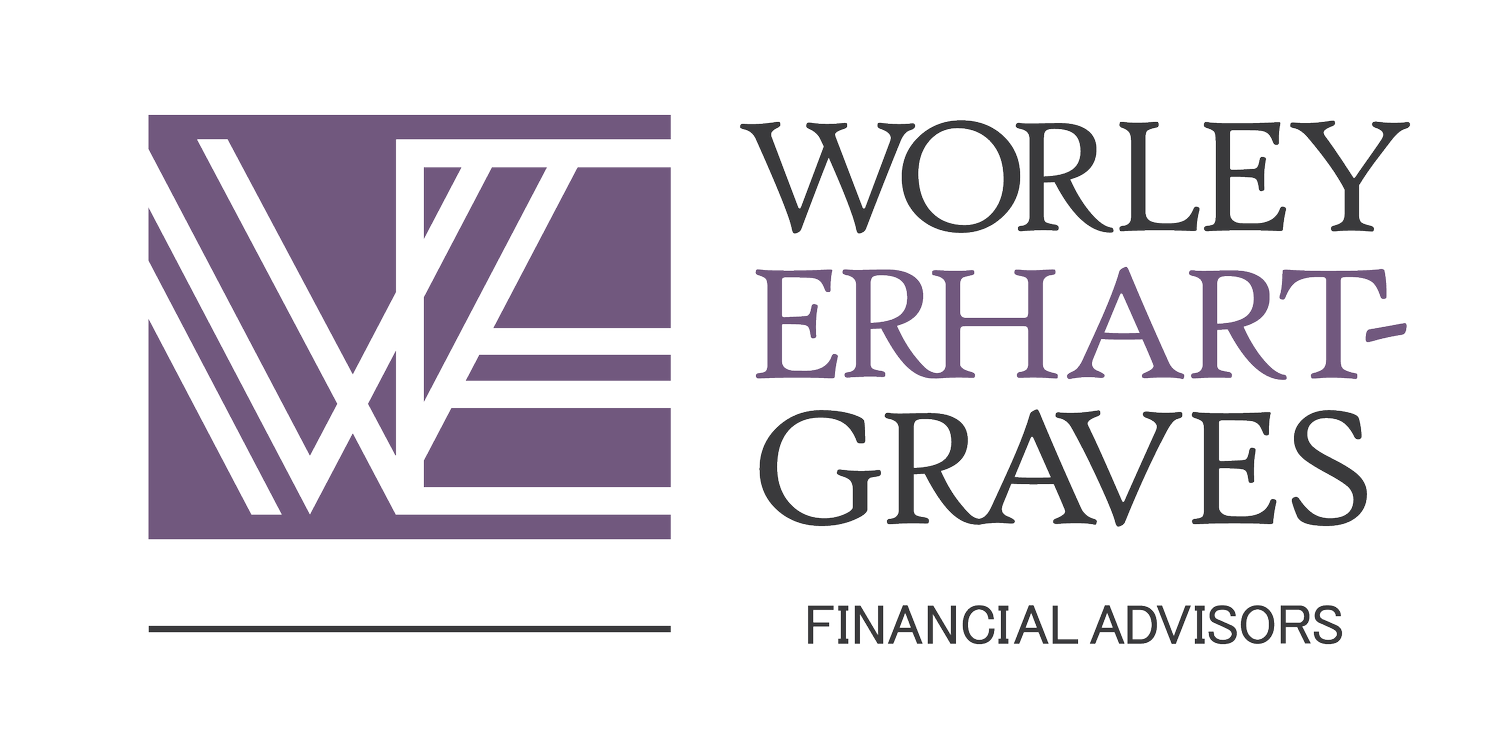Tips to Buying a New or Used Car
/When it comes to buying a car, haggling for a deal may sound uncomfortable and unnecessary, but it could be a huge difference in savings. Below are some tips to help make your car buying experience more cost-effective!
Purchasing In Season
According to autotrader.com, the best time to buy is until late summer or early fall, when new-model-year vehicles are rolling into dealers’ inventories.
Consider this when looking to purchase a brand new car: the moment you drive it off the lot, it will depreciate as much as 11 percent of its value. That means if you purchase a $20,000 vehicle, it will have lost as much as $2,200 in value just by driving it home the very first time.
Bring a shopping partner
Having a second person on your side keeps the salesperson from being able to intimidate you. Strategically, your partner should be a doubting Thomas, constantly pointing out negative parts of a deal, trying to “talk you out of it” to help with the negotiation process and keeping you from purchasing outside your budget.
Visit Multiple Dealerships
When shopping for a car, whether new or used, it’s important to visit at least three dealerships to compare deals, prices, and models of cars you are interested in. This will give you a good idea who has the best car for the best deal. Also, if a salesperson knows you’re shopping around, they may be more inclined to negotiate the price.
Check the Vehicle History Report
Edmunds.com suggests obtaining a vehicle history report for the used car you’re interested in buying. If the report is negative, you should move on from that car. AutoCheck and Carfax are two well-known sources for vehicle history reports. All you need to know is the vehicle identification number (VIN) or the license plate number.
- Content Prepared by Annie Albrecht, Worley Erhart-Graves Financial Advisors






